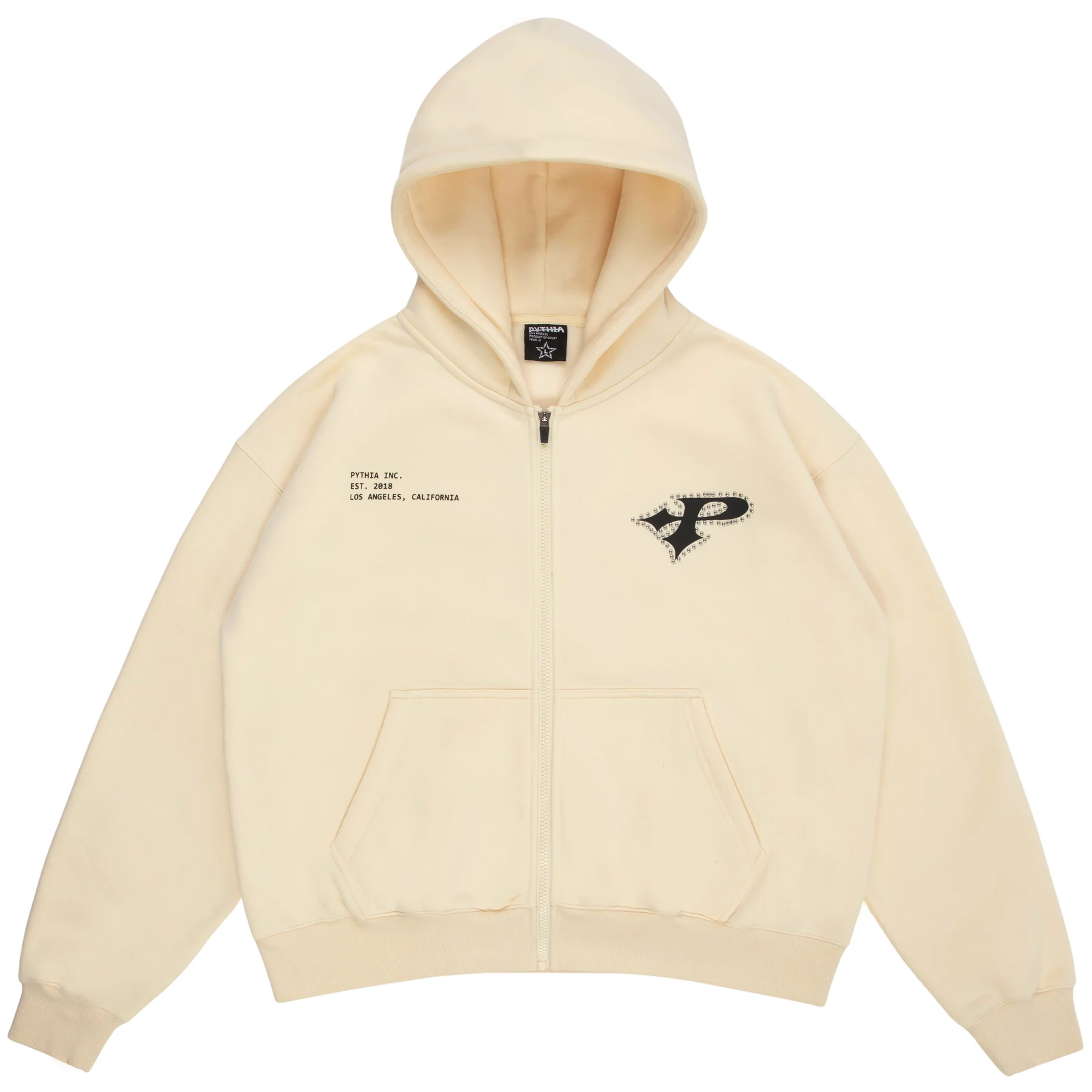In the ever-evolving world of luxury fashion, Balenciaga has consistently managed to carve out a unique niche by subverting expectations and challenging conventional ideas of style. Under the creative direction of Demna Gvasalia, the brand has become synonymous with bold, avant-garde designs that blur the lines between streetwear, haute couture, and conceptual art. The Balenciaga 50-50 Tee exemplifies this approach, taking what is ostensibly a simple t-shirt and transforming it into a statement piece that combines elements of deconstruction, irony, and luxury craftsmanship.
At first glance, the Balenciaga 50-50 Tee may seem like an exercise in simplicity—two halves of different t-shirts stitched together, creating a garment that is split down the middle. However, there’s more to this piece than meets the eye. o
A Closer Look at the Design: The Art of Deconstruction
The defining feature of the Balenciaga 50-50 Tee is its bisected design, which fuses two contrasting t-shirt halves into one cohesive garment. The shirt is literally split down the center, with one side often featuring a bold graphic or print, while the other side remains relatively plain or features a different graphic. This juxtaposition of elements creates a visual tension that disrupts the symmetry typically associated with t-shirts, forcing the viewer to reconsider the garment’s form and function.
Balenciaga’s 50-50 Tee is constructed with meticulous attention to detail. The stitching along the center seam is clean and precise, ensuring that the two halves align perfectly despite their differing prints or colors. This level of craftsmanship is a hallmark of Balenciaga’s approach to luxury fashion, where even the most unconventional designs are executed with the highest standards of quality.
The split design is not merely an aesthetic choice; it also plays into the concept of deconstruction, a recurring theme in Balenciaga’s collections. By physically deconstructing and reconstructing a staple piece like a t-shirt, the brand challenges our perception of what a t-shirt should look like. The asymmetry and contrasting elements disrupt the traditional silhouette, making the garment feel unfinished or experimental. This approach invites viewers to engage with the piece on a conceptual level, questioning its purpose and meaning.
Subversion of Streetwear and Bespoke
The Balenciaga 50-50 Tee exists at the intersection of streetwear and luxury fashion, a space that has become increasingly blurred in recent years. High-end fashion brands have embraced streetwear aesthetics, incorporating casual silhouettes and graphic elements into their collections while elevating these styles through premium materials and meticulous craftsmanship. Balenciaga, in particular, has been at the forefront of this movement, often using irony and humor to comment on the commodification of street culture.
The 50-50 Tee is a perfect example of this cultural subversion. By taking a garment as ubiquitous as a t-shirt—typically associated with casual, low-cost fashion—and turning it into a luxury item, Balenciaga plays with the idea of value and desirability. The shirt’s split design, which appears haphazard and unrefined, stands in stark contrast to its price tag and the prestige of the brand. This tension between appearance and value is part of what makes the 50-50 Tee so compelling. It forces the wearer and the viewer to confront the paradox of luxury fashion: why do we assign value to something that looks unfinished or imperfect?
In many ways, the 50-50 Tee is a critique of fashion itself. It draws attention to the ways in which the industry commodifies trends and aesthetics, often at the expense of originality and meaning. The shirt’s split design can be seen as a metaphor for the fragmented nature of contemporary fashion, where styles and influences are constantly being recombined and recontextualized. By presenting this fragmentation in such a literal way, Balenciaga highlights the absurdity of the fashion cycle and the arbitrary nature of taste and value.
Humor and irony have long been central to Demna Gvasalia’s work at Balenciaga. The 50-50 Tee embodies these themes through its playful design and unexpected execution. The shirt’s split construction, which combines two seemingly incompatible halves, can be interpreted as a visual joke—an intentional mismatch that pokes fun at the very idea of fashion coherence and uniformity.
This sense of humor is evident in other pieces from Balenciaga’s collections, such as oversized blazers that exaggerate the proportions of traditional tailoring, or sneakers that appear heavily worn and distressed straight out of the box. The 50-50 Tee fits within this broader framework of questioning and subverting fashion norms. It’s a garment that doesn’t take itself too seriously, yet still manages to provoke thought and discussion.
Impression
Like many of Balenciaga’s more experimental designs, the 50-50 Tee has received mixed reactions. Some critics view it as a clever commentary on the state of fashion, applauding its boldness and conceptual depth. Others, however, see it as little more than a gimmick—an overpriced novelty that exploits the hype surrounding the brand’s name.
One of the most common criticisms leveled at the 50-50 Tee is that it prioritizes concept over wearability. The asymmetrical design and unconventional silhouette can make it challenging to style, and some may find it too polarizing for everyday wear. This is a valid critique, as the shirt’s appeal lies more in its statement-making potential than its practicality. However, this criticism also misses the point. The 50-50 Tee is not meant to be an ordinary garment; it’s a piece of wearable art that invites interpretation and discussion.
Another point of contention is the shirt’s price. As with many luxury items, the high cost of the 50-50 Tee has led to accusations of elitism and exploitation. Critics argue that charging a premium for a garment that appears unfinished or mismatched is emblematic of the fashion industry’s tendency to inflate the value of items based on branding rather than quality or craftsmanship. While this criticism is not without merit, it also ignores the fact that Balenciaga’s target audience is not seeking value in the traditional sense. For collectors and enthusiasts, the 50-50 Tee is desirable precisely because of its conceptual audacity and association with the brand’s avant-garde ethos.
The Balenciaga 50-50 Tee is a prime example of how fashion can be used as a medium for artistic expression and social commentary. By deconstructing a basic t-shirt and reassembling it in a way that disrupts expectations, Balenciaga creates a garment that is both visually striking and intellectually engaging. The shirt’s split design, attention to detail, and cultural subversion make it a standout piece in the brand’s repertoire.
While it may not be for everyone, the 50-50 Tee succeeds in pushing the boundaries of what a t-shirt can be, transforming it from a humble wardrobe staple into a provocative statement. Whether viewed as a masterpiece of fashion irony or an overpriced gimmick, the 50-50 Tee undeniably sparks conversation and challenges the way we think about luxury, value, and style. In doing so, it reinforces Balenciaga’s position as a leader in contemporary fashion, unafraid to take risks and redefine the rules of the game.
No comments yet.








